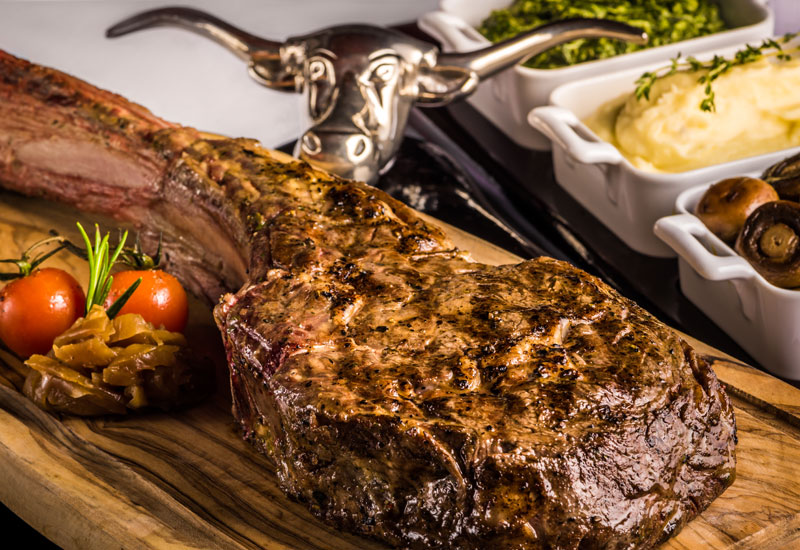Top trends
Clued-up consumers
The internet has brought with it a new challenge for restaurateurs and food manufacturers. Consumers have access to information about the food they consume at the tap of a button. Food outlets are increasingly scrutinised on social media and manufacturers quizzed on an open forum about what goes into their products and how ingredients are sourced.
“There are several buzzwords at the moment associated with meat which include ‘sustainability’ and ‘traceability’, particularly in more affluent markets where people are becoming more concerned and interested in where their food comes from,” explains Angus Winterflood, general manager, Food Source International.
“As suppliers, we need to adapt and provide products sourced responsibly and with a degree of traceability to our customer base,” he adds.
Today’s consumer is keen to know the animals are raised in a humane way and are free from chemicals and antibiotics. “Unfortunately many cattle and poultry farms around the world are not humanely raised and it has definitely made an impact on the way restaurants and consumers buy their products,” explains The Hide’s Voelzing. “Most restaurants and the general public are becoming very environmentally aware and look for natural and sustainable products.”
Healthy is happy
Consumers today are also increasingly health conscious. Natural and organic products are growing in demand, as is the call for less processed or ‘clean’ foods.
Pereira from Dubai’s West 14th reveals that the outlet’s customers want to know dishes contain ingredients sourced reliably, grown under healthy, supplement-free conditions.
“We have noticed a huge drop in demand for processed foods in the market,” he reports.
The move toward ‘better-for-you’ products has prompted a rise in poultry product sales according to JW’s Steakhouse’s Iqbal.
“Poultry is the protein for the health-conscious customers. We see that corn-fed, free-range/cage-free and organic chicken meat is gaining popularity as customers want to know where the meat is coming from. Spring chicken and chicken meat from local poultry farms are also in demand,” he reveals.
Rise of the underdog
From tenderloin to fillet and rib-eye, every cut has its day. Now it is the turn of the lesser-known cuts. “Lots of secondary cuts are now being used and many chefs are creating more dishes using nose to tail cooking,” says Voelzing.
“I think consumers have become much more open to the idea of eating offal and not-so-popular cuts because it means the whole animal has gone to good use,” the chef reasons.
Cuts including brisket, flank, rump and shoulder blade are enjoying the limelight thanks to this new push. “If the manufacturers are able to sell these ‘not-so-popular’ cuts as much as they sell the popular cuts, then the price of beef would come down comparatively,” remarks Iqbal.
In poultry too, chefs are eager to promote the lesser known — or consumed — birds. “Game birds are not very well received in the Middle East due to strong flavour profiles,” asserts Pereira.
He continues: “Arranging for products that are not widely used in the market can only be done if your supplier believes that it can be sold. With that in mind, I think some offal will become popular in 2017.”

| Advertisement |









 Search our database of more than 2,700 industry companies
Search our database of more than 2,700 industry companies









